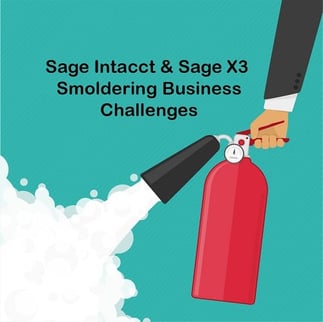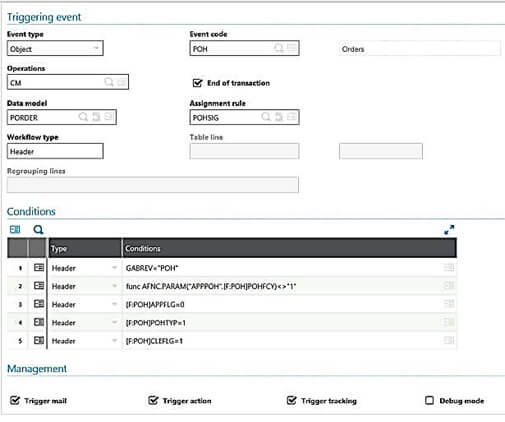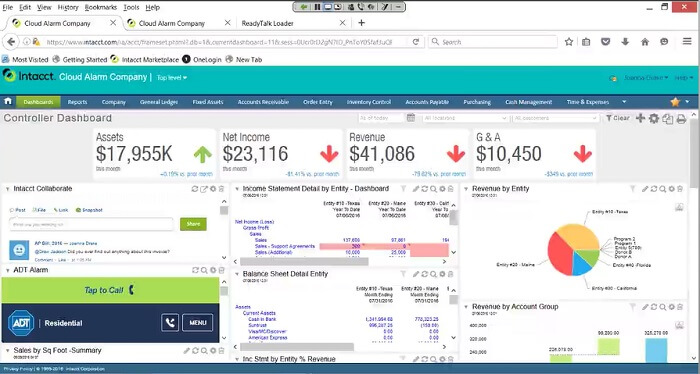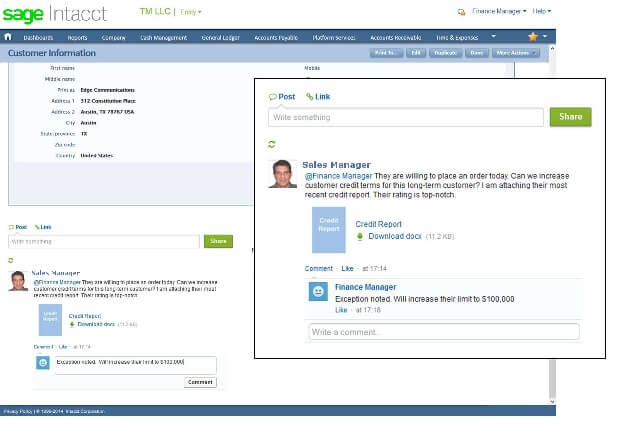
Don't Start the New Year Fighting Fires
"It seems all too clear that a large number of the executives and managers with whom we come in contact have resigned themselves to a daily routine in their enterprise where 20%, 30%, or maybe even 40% of their time, energy, and other resources are spent on firefighting and other non value-add efforts" states Richard Cushing, "Resultant" at RKL eSolutions.
Too many executives and managers have concluded that real and lasting improvement will come about only by some miracle, or at some point in the far distant future. Some feel as though they have tried everything they know to try, and have seen little real or sustained progress in their operations and bottom-line.
It's Out of Our Hands
Sometimes this sense of resignation stems from the thought that the whole problem is out of the hands of management. In fact, executives and managers may feel that the problems are actually outside their enterprise entirely. They may even believe that challenges they face are caused by external forces. And, since these are clearly outside their reach, there is nothing they can do about the situation except fight the inevitable fires that are destined to break out.
Our experience in aiding such clients, however, is that this sense of helplessness is often the result of simply being unable to properly identify, or the misidentification of, the cause-and-effect chain of events that lead to the outbreak of fires. Since they aren't equipped with tools in their environment to help them identify the underlying causes, it is easier to simply say, "Something out there—outside our direct control—is causing undesirable effects which we can do nothing about."
After working with such clients, they frequently begin to realize that what they have really been saying is, "We can't agree on what causes these problems so we really cannot take any meaningful action to address these problems either."
Identifying the Causes for Better Results
Here are four common tools in modern ERP solutions like Sage Intacct and Sage X3 to identify, communicate, assign, and resolve challenges as they arise throughout the enterprise.
- Alerts, Workflow & Notification – Identify the causes and exceptions that you want to track. For example, you can create a trigger when an inventory item falls below its safety stock level, creating a shortage that possible leads to lost sales. Once the activity happens, you can define the email workflow chain for notification across the team, prompting awareness and requesting action to resolution.
 Shown is an example of a Sage X3 Workflow trigger
Shown is an example of a Sage X3 Workflow trigger
- Dashboards and KPIs – Personalized dashboards are created specifically for users and roles with specialized indexes of real-time views of critical information, graphical indicators, and gauges with hyperlinks to the source data. Role-based KPIs (key performance indicators) provide the data needed for each team member to assess its individual performance and activity at the appropriate stage in the supply chain.
 Shown is a Sage Intacct Dashboard
Shown is a Sage Intacct Dashboard
- Social tools and sharing - Sage Intacct delivers social sharing within the enterprise via Collaborate. Sage Intacct Collaborate is a social sharing tool within the product to post and share information along with actionable requests, hyperlinks to supporting data and images. The power of Collaborate is operability within Sage Intacct while eliminating the cut and past workflow of communicating externally in separate tools like chat windows or email.
 Shown is an example of Sage Intacct Collaborate
Shown is an example of Sage Intacct Collaborate
- Reporting and Intelligence – Real-time reporting and business insights provide after-the-fact visibility to analyze detailed transactions and trends. Interactive reporting tools allow users to filter and mine data cubes dynamically; functionality that isn’t available in static reports and inquiries.
So, what really does keep you hooked on firefighting, expediting and other costly methods that bring no lasting improvement? What keeps you and your management team from examining new, more effective options for improvement? What reasons—or, excuses—do you hear most often in your company?
We can help. Contact us to implement these tools and leverage your data, improving decision-making proactively throughout the organization.


